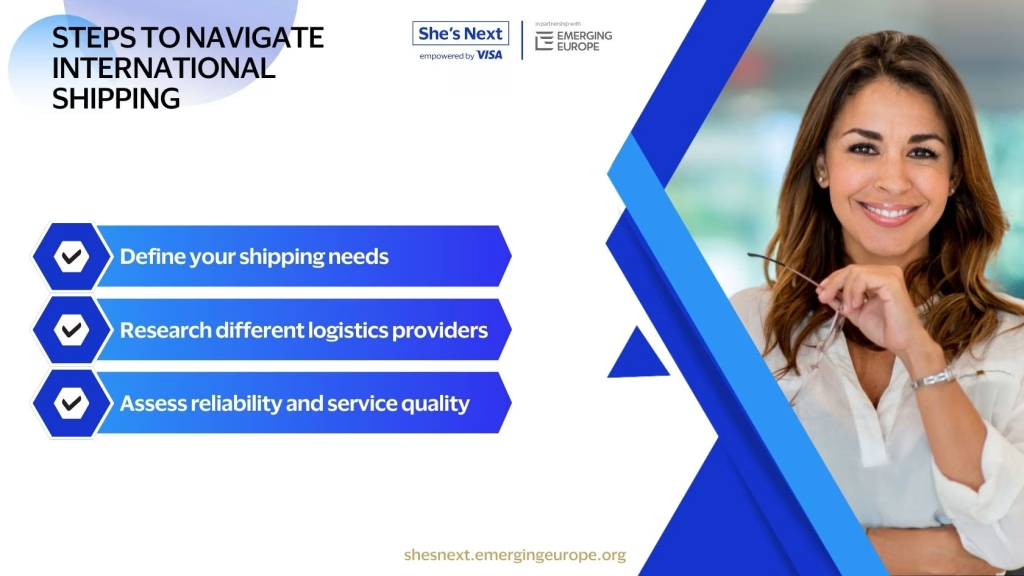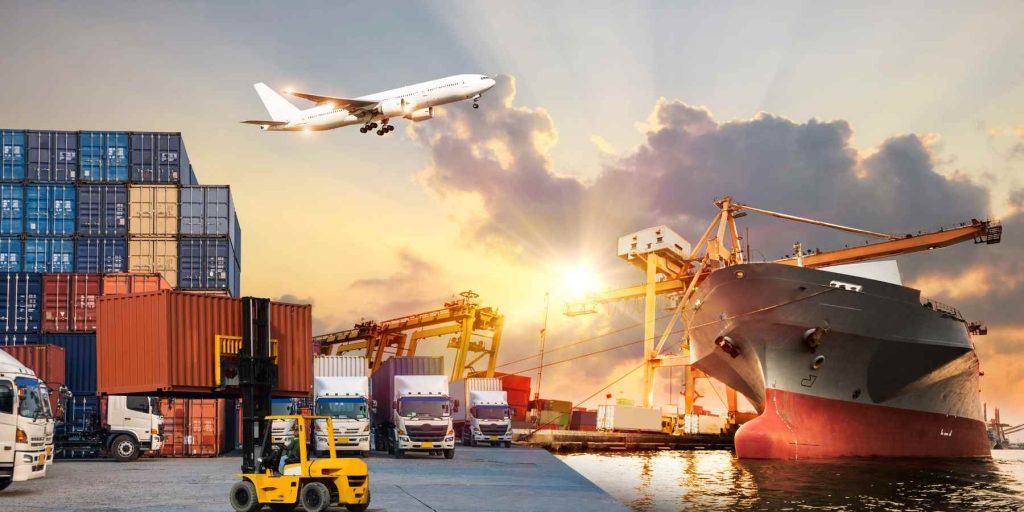
Navigating international shipping – Understanding your shipping needs and evaluating logistics providers
For any entrepreneur eyeing international markets, getting products across borders reliably is non-negotiable. But managing global logistics—especially from Eastern Europe and Central Asia—comes with its own complexities.
From customs regulations to temperature-sensitive goods, choosing the right logistics partner can make or break your global expansion. In this two-part guide, we’ll help you build a smart shipping strategy.
Today’s focus: defining your shipping needs and choosing the right logistics provider.
Define your shipping needs
Before signing a logistics contract, take a moment to assess your current and future shipping demands.
Shipping volume and frequency – Are you shipping weekly, monthly, or only during peak seasons? Start-ups and SMEs often begin small, so flexibility is key.
Preferred transport method:
> Air freight is fast, ideal for high-value or urgent shipments.
> Sea freight is cost-effective for bulk orders.
> Road and rail are better for regional trade within Europe or Central Asia.
Product-specific requirements – Do you ship delicate ceramics, perishable food, or hazardous goods? Items like handmade candles or cosmetics might need temperature control. Electronics may require added security and insurance.
Destination regulations – Some countries (e.g. Canada or South Korea) have specific rules for food, medical items, or textiles. Make sure you factor these into your logistics planning from the outset.

Research different logistics providers
Not all logistics partners are created equal. Choose one based on your specific business model and where you want to go.
Freight forwarders
Ideal for flexible, cost-effective international shipping. They don’t own the transport but coordinate air, sea, or road services for you. Good for businesses testing multiple markets.
Third-party logistics providers (3PLs)
Offer warehousing, order fulfilment, and returns handling. If you’re scaling e-commerce sales to Germany, the US, or South Korea, a 3PL can handle your inventory closer to customers, reducing delivery times.
Courier and express services
Great for small packages or urgent orders. Think DHL, FedEx, or local express partners. Especially relevant for selling handmade or small-batch products through Etsy or your online store.
Checklist when researching providers:
1. Do they handle customs clearance?
2. Can they offer warehousing or last-mile delivery?
3. Do they have local partners or offices in your export markets?
Assess reliability and service quality
It’s not just about shipping—it’s about trust.
What to evaluate:
1. Reputation – Look for online reviews, industry awards, or testimonials from other small businesses.
2. Performance history – Have they delivered on time? How do they handle delays or lost packages?
3. Customer support – Can you reach someone quickly when something goes wrong? Do they offer multilingual support or operate in your time zone?
For example: A Kyrgyz natural beauty brand exporting to Germany switched to a logistics partner with better EU warehousing and customer service, cutting delivery times and increasing repeat orders.
Defining your shipping needs and choosing the right logistics partner is step one of a much bigger journey. The right partner will do more than ship boxes—they’ll help you scale.
Next up in Part 2: Cost, compliance and choosing the best logistics partner, we’ll dig into pricing structures, legal compliance, and how to use technology to streamline your logistics.
Your products are ready to travel. Let’s make sure your shipping strategy is too.
New Free Courses — Made for Ambitious Women Entrepreneurs!
It’s time to grow smarter, adapt faster, and take your business global.
Explore two powerful courses available exclusively to She’s Next members:
The Reinvention Masterclass for Start-up Founders
Beyond Borders: Building for Global Success
Enroll today — it’s free!





